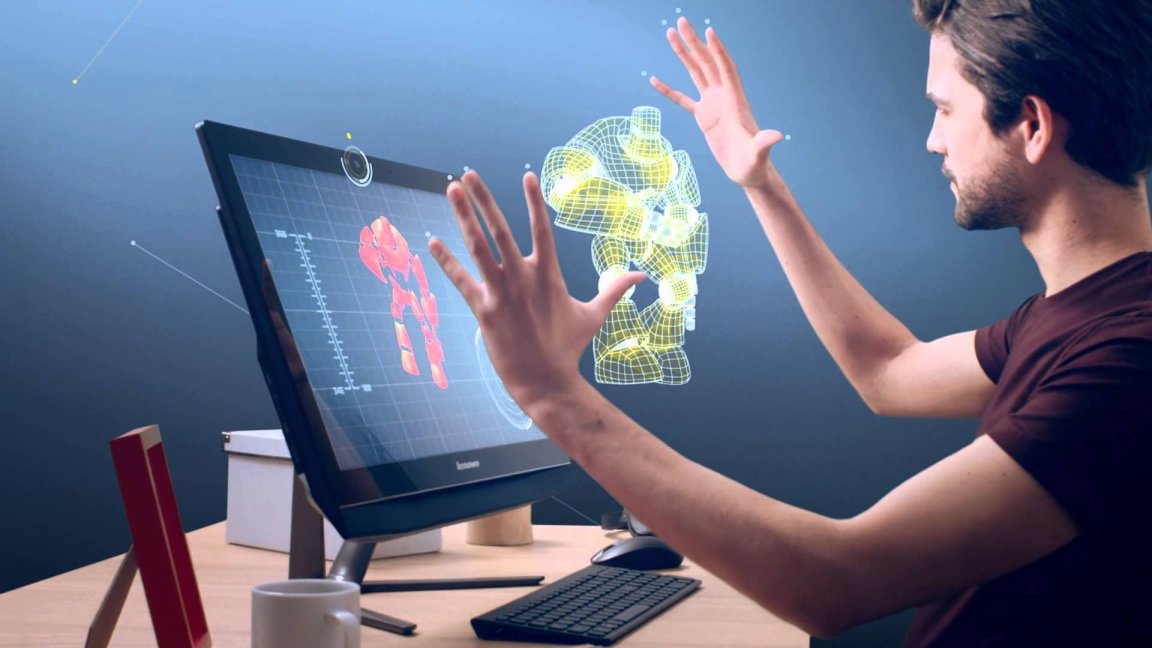
Shifting User Interface
There is no doubt that technology has rapidly developed since the dawn of computing. Still, the ways humans interface has largely been governed by the same paradigms. Typically, we are oriented toward point and click interactions, whether that clicking and pointing comes in the form of a mouse and a keyboard on a desktop or by touchscreens on laptops and smart phones.
However, a new study released by Juniper Research suggests that we are on the cusp of a paradigm shift. The study posits that by 2020, “there will be as many as 492 million motion and gesture-tracking devices.” That is to say “gesture and motion control will become vital for certain forms of human-computer interaction in the coming years.”
We can trace the beginnings of this shift back to video gaming. The first interaction many consumers may have had with motion and gesture tracking likely came with Microsoft’s Kinect peripheral. Still, it and the tech it inspired added little outside of novelty to alter the user interface. And the alteration that needs to happen occurs when the interface paradigm shifts to motion and gesture tracking. One adjacent technology is already embracing this shift more than others.

Taking a Risk
Virtual Reality (VR) being a relatively new technology will make the shift even easier. Its youth, as well as its propensity toward immersion, make it an ideal means for this change in interface. Other wearables, such as smart watches and augmented reality (AR) glasses, can gain some significant functionality with the addition of integrated motion and gesture tracking.
Moving from a traditional interface to one centered around tracking will require some big risks from developers and manufacturers. As much as consumers are always demanding new and better technology, there is often resistance to any major foundational changes to how that technology might operate.